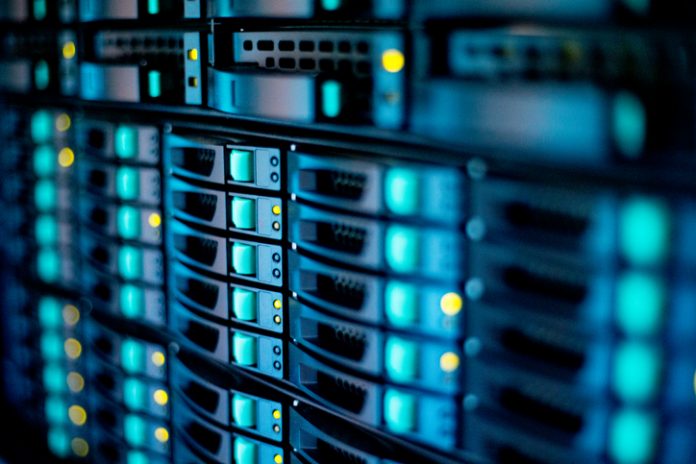
If there’s one constant in the lodging industry, it’s that changing technology trends impact the way hotels do business. Hotels need to keep up to stay competitive. Most recently, in efforts to attract guests, hotels have embraced enhanced connectivity and cloud services to provide more efficient service and differentiate themselves from competitors. Reaping the rewards from these technologies often means moving away from traditional, centralized IT strategies, which has cascading implications that hotels need to consider.
Historically, many IT departments have housed their IT infrastructure and data in a centralized data center. But the rise of cloud services has enabled a distributed approach, providing more flexibility for hotels. This distributed IT system is comprised of edge data centers and network closets that can store data in closer proximity to individual hotel facilities, helping hotels drive faster and better-quality services to guests. But there are also obstacles that must be overcome to keep things up and running.
Unlocking New Capabilities
Distributed IT has grown in adoption in recent years, particularly with the emergence of new data technologies and the burgeoning demands these put on IT staffs. By allowing critical workloads to be distributed across on-premise, cloud, and edge environments, this model opens the door for hybrid IT systems that can be architected to fit the end users’ needs.
The hybrid model began its ascension as enterprises and streaming content providers like Netflix looked to deal with growing global demands for data and faster services. However, hospitality companies like Royal Caribbean—which became an early adopter in edge computing to power mobile applications on ships—have been quick to see the benefits. Using a hybrid model with edge endpoints strategically positioned within their hotels, a chain can push more personalized data and real-time updates to guests. That’s a strategic advantage in an industry where business is personal.
Calling for Backup
As guest demand for more data and faster services escalates, there will be increased pressure on hotel IT managers to effectively protect and power these new hybrid systems. With IT assets spread across on-premise and cloud systems, ensuring uptime isn’t always easy. And without a disaster preparedness plan to safeguard each system within these environments, the entire system is susceptible to power events and even data loss.
A recent Uptime Institute report showed that power outages are becoming more common as organizations struggle to adjust to the complexities of hybrid IT. Though an average data center is making better use of its energy today, it is more likely to suffer an outage and these outages are likely to be more damaging than the previous year.
As hotels consider and seek to capitalize on hybrid IT, they must have the right resources in place to manage their network and avoid unplanned downtime.
Solving the Power Management Puzzle
When it comes to power management in the hybrid IT space, companies must take an integrated approach to disaster preparedness because all these systems are united. Companies should consider installing a mix of hardware components—such as rack enclosures, power distribution units (PDUs), rackmount and end-of-row uninterruptible power systems (UPSs)—as well as power management software and services to cover each dimension. These solutions can be combined to help protect and manage investments within in a diverse array of IT settings.
While hardware and software devices offer a good starting point, IT teams must also consider virtualization and network-as-a-service systems. By combining power management devices with common virtualization management platforms like those from VMware, Cisco, NetApp, Dell EMC, HPE, Nutanix, and Scale Computing, IT teams can extend the availability of their services. With a solution that aligns power management and virtualization software, technicians can manage physical and virtual servers and power management devices all from a single console.
Finally, when deploying power management solutions, it’s critical to look for products that offer cybersecurity capabilities to ensure data is protected. With more devices now offering enhanced connectivity, some power management providers have taken the extra step of having their products certified as secure by standards bodies such as UL, offering peace of mind for the user that their information will not be compromised.
As the World Turns
Hybrid IT requires a detailed approach to disaster preparedness, but the juice is often worth the squeeze when all is said and done. The strategy offers hotels an unprecedented opportunity to streamline critical infrastructure and improve efficiencies while pushing real-time data services to guests. With an integrated power management system in place, hotels will be able to tap into these new capabilities while resting easy knowing their systems are covered.











